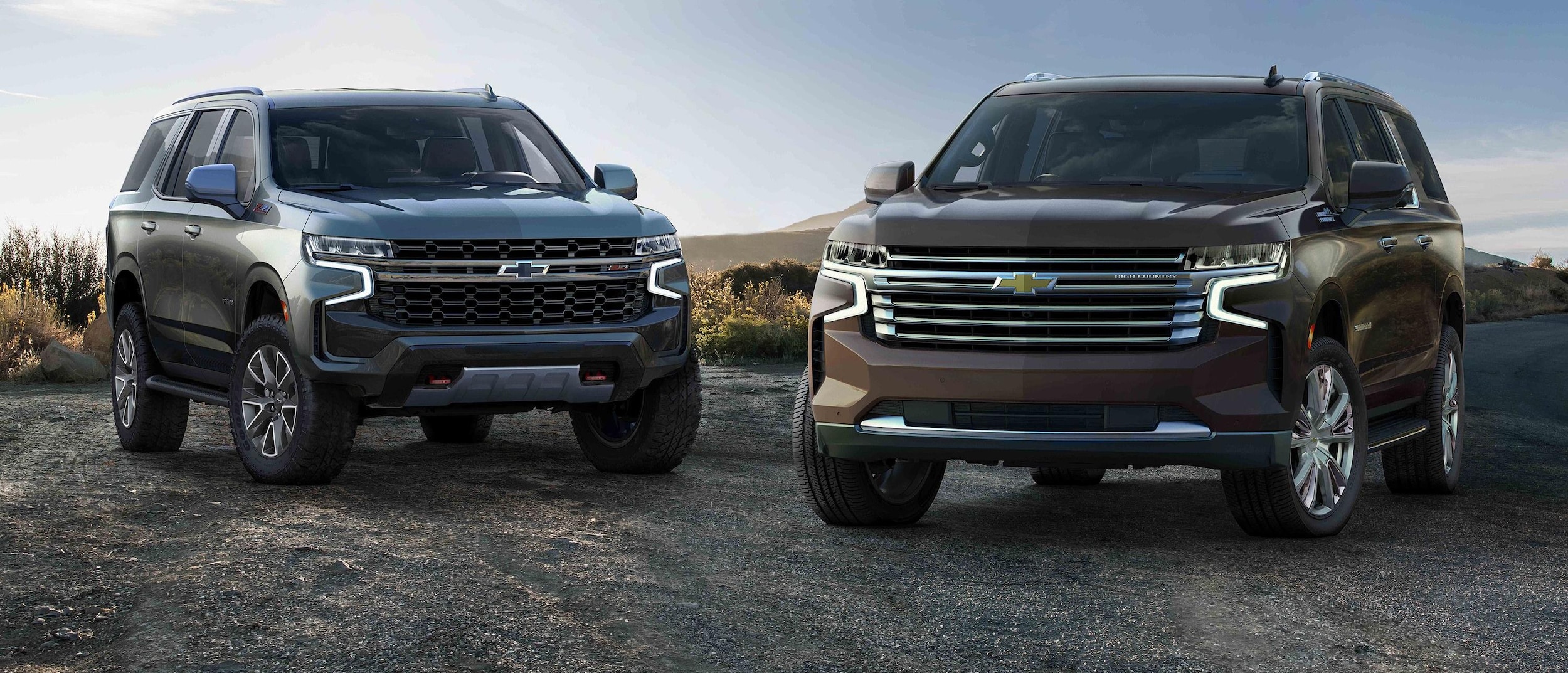

CHEVY TAHOE Z71 VS RST
When it comes to full-size SUVs, the Chevrolet Tahoe stands out as a popular choice for drivers seeking a combination of power, versatility, and comfort. Among its various trim levels, the Z71 and RST editions offer distinctive features catering to different preferences. Let's delve into a detailed comparison between the Chevy Tahoe Z71 and RST, utilizing the insights from two informative articles.
Pricing and Resale Value of the RST vs the Z71
The pricing of the Chevrolet Tahoe RST and Z71 plays a crucial role in a buyer's decision-making process. The used 2023 Chevrolet Tahoe RST is often priced between $64,621 and $78,439, while the Z71 is often priced between $66,097 and $79,734. For new models, the RST has an MSRP between $67,049 and $79,421, while the Z71 has an MSRP ranging from $67,391 to $76,982.
Both models exhibit a 5-year depreciation rate of 41.1 percent, highlighting their comparable resale value. Despite a slightly lower base pricing for the RST, potential buyers might find the pricing of these trims relatively close.
Quality and Reliability of the RST and Z71
In terms of quality and reliability, the iSeeCars Overall Quality rating for the Chevrolet Tahoe stands at 8.2 out of 10. As per iSeeCars, the reliability rating is an impressive 8.9 out of 10. These ratings apply uniformly to both the RST and Z71, emphasizing the consistent build and performance across these trims.
Engine Power and Fuel Efficiency of the RST and Z71
Article 2 provides a detailed breakdown of the engine specifications for the RST and Z71. Both trims share the 5.3L V8 Gas engine, with an optional upgrade to a 6.2L V8. Additionally, the RST offers a 3.0L Turbo Diesel engine for an extra price, providing an alternative for those prioritizing fuel efficiency.
The transmission for both trims is a 10-speed automatic, contributing to smooth and efficient power delivery. Fuel economy is identical for both, with 15 MPG in the city and 20 MPG on the highway. This parity ensures that consumers can focus on other factors when deciding between the two trims.
Drivetrain and Performance comparison between the RST and Z71
Divergence emerges in the drivetrain, with the RST featuring Rear-Wheel Drive and the Z71 equipped with Four-Wheel Drive. This discrepancy makes the Z71 more suitable for those venturing into off-road terrain or facing challenging weather conditions.
Dimensions and Interior Space of the RST and Z71
Both the RST and Z71 share identical exterior dimensions, with a length of 210.7 inches and a height difference of only 0.1 inches. Interior space remains consistent as well, accommodating eight passengers and providing 122.9 cubic feet of cargo space.
RST and Z71 Safety Ratings
Both trims share an average safety rating of 4 out of 5 stars based on NHTSA's crash test ratings, ensuring a standard level of protection for occupants.
Conclusion
The decision to compare the Chevrolet Tahoe Z71 and RST ultimately boils down to individual preferences and priorities. The Z71 caters to off-road enthusiasts with its Four-Wheel Drive capability, while the RST offers an additional diesel engine option for those prioritizing fuel efficiency. Both trims, however, share commendable quality, reliability, and a range of features, making the Chevrolet Tahoe a formidable choice in the full-size SUV market.